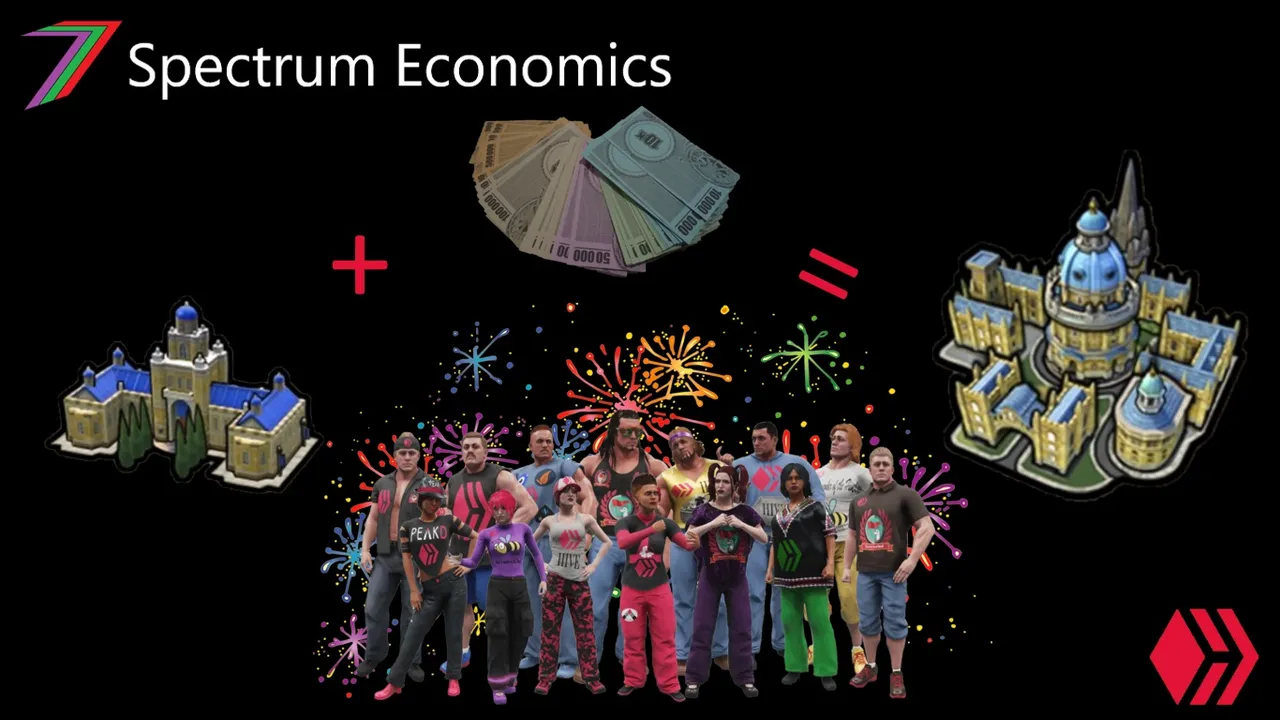Hi Everyone,
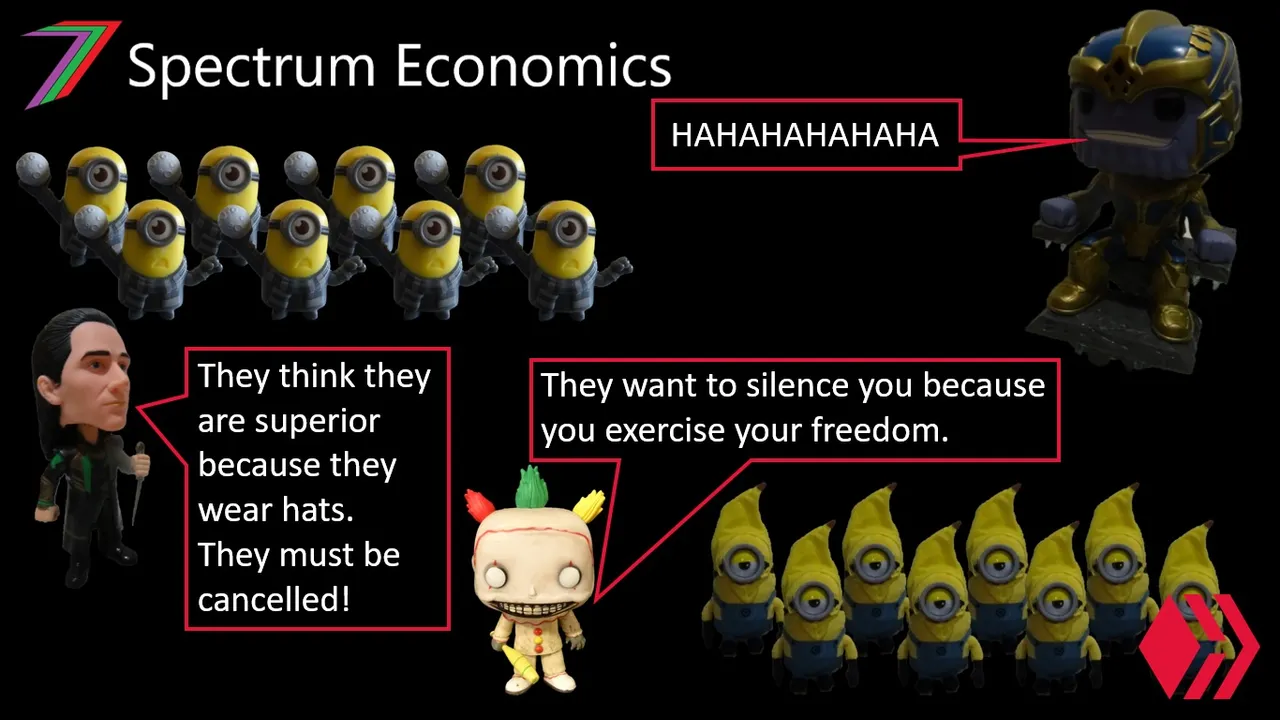
I previously discussed controlled opposition in my post/video Controlled Opposition Explained as a Game Theory Strategy and divide and conquer in my post Divide and Conquer Strategy where I also briefly mention controlled opposition. In this post, I would like to discuss how controlled opposition and divide and conquer strategies complement each other. Most of the examples, data, and information used for this post is based on the US political and economic systems.
What is divide and conquer?
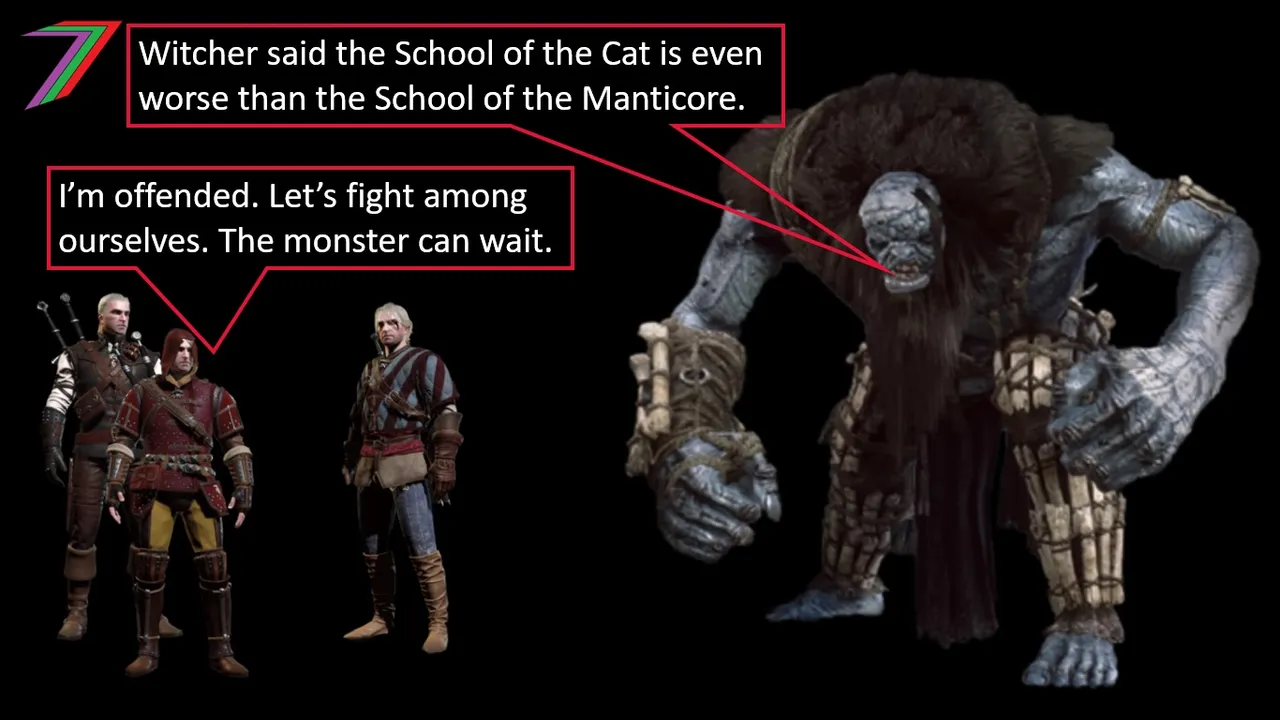
The divide and conquer strategy has been around a long time. It dates back to ancient civilisations such as the Greek and Roman empires. It was used to weaken opposing armies by causing them to separate or by encouraging them to fight amongst themselves. Division or infighting would weaken the opposing armies and make them easier to defeat later on. Divide and conquer strategies are not limited to just military conflicts. Divide and conquer strategies can be used to weaken any form of opposition or potential opposition. There is often strength in numbers. Divide and conquer enables that strength to be neutralised as it is focused inwards instead of outwards.
Divide and conquer in business
Many markets have a combination of small, medium, and large firms and companies. There are different advantages of different sizes. Success of businesses of various sizes often depends on the ability to meet customers’ needs and wants. Small firms are likely to have more flexibility, more opportunities for personal relationships with customers, and potentially more motivated workforces for reasons such as remuneration being more closely linked to the success of the business and closer relationships with owners. Large companies have more capital and greater opportunity to exploit economies of scale. They are able to mass-produce at lower prices, reach large global markets, and are normally more resilient to periods of financial difficulty. Small firms could make up for their lack of capital and production capacity by cooperating with each other.
In my post/video Game Theory - Triple Threat, I provide examples of how firms cooperate in Lumezzane Valley, Italy and Chiang Mai, Thailand. I elaborate further on the theory in my post Game Theory #6 - Triple Threat (Work-in-Progress) Idea. However, when small firms do not cooperate with each other, large companies are generally able to outcompete them. They outcompete them by offering lower prices, a broader range of services and products, or more convenience. Large companies can also use their size, capital and funds to takeover small firms to reduce competition.
Technology offers advantages and disadvantages to the divide and conquer strategy. Technology such as the internet expands the reach of large companies and enables them to reach markets that small firms may have previously controlled. The Covid-19 pandemic has forced more people to shop online thus further strengthening the position of large companies. Technology can also be used to the advantage of small firms. Technology can enable greater cooperation between more firms as some of the barriers of geographical location are removed. Technology such as blockchain enable open source projects which greatly increases information sharing, which would otherwise only be attainable for large companies. The key for small firms to overcome divide and conquer strategies is cooperation.
Divide and conquer in politics
Divide and conquer strategies are frequently adopted in politics. Many political systems facilitate a two-party system. A good example of such a system is the first-past-the-post system. Whichever candidate receives the most number of votes is the winner. If there are only two candidates, the preferred candidate will win. If there are more than two candidates, the third candidate is at a disadvantage, as voters are more inclined to vote for a candidate that has a higher chance of winning even if they prefer the third candidate. This is done to prevent the candidate that the voter likes the least from winning, as voting for the third candidate would split the vote. I elaborate on the two-party system in my posts The Two-Party Political System – The dictatorship we didn’t know we had and Blockchain Government – Part 1: Breaking Down the Existing System.
The two-party system limits opposition to essentially just one other party. Overtime, these two parties switch back and forth between being in Government and in opposition. This prevents any alternative views or opinions outside of these parties gaining any attention.
The two-party system makes it is easier to divide the public into just two opposing camps. Instead of resisting the broken political system, people oppose each other on issues that the two major parties focus on during debates and campaigns. Mainstream media adds fuel to this debate by dividing themselves into opposing camps that align with the major political parties.
What is controlled opposition?

Controlled opposition occurs when one party controls two or more apparently opposed groups. This often occurs when the status quo is challenged. This could relate to business, religion, culture, politics, ideology, etc. To reduce the threat from opposition, those supporting or upholding the status quo infiltrate the opposition to alter its focus to something less threatening to themselves.
A historic example of controlled opposition would be the Roman Empire adopting Christianity to mold it into a religion that supports the values and direction of the empire. This proved to be more successfully than attempting to wipe out Christianity through force. A contemporary example of controlled opposition would be the Republican Party’s attempts to hijack conspiracy theory through Donald Trump. The rise in popularity and validity of many anti-establishment conspiracy theories is posing a threat to establishment politics. Nominating a leader who supported several conspiracy theories gave the appearance that conspiracy theorists and supporters of conspiracy theories had a voice. This also enabled the Republican Party to highlight conspiracy theories that were beneficial to them while ignoring conspiracy theories that threaten them and/or the political establishment as a whole.
Controlled opposition in business
Controlled opposition often occurs in business. Many markets are dominated by just a few companies. Sometimes this dominance is apparent in markets that are obvious oligopolies such as telecommunication, banking, and pharmaceutical. However, in many other markets there is an illusion of choice, as a few large companies own many firms and companies within the same market. Some of these markets are as follows:
- Food
- Restaurant (Fast Food)
- Media
- Social Media
- Cruise Lines
- Hotels
- Fashion
- Internet Companies
- Cars
- Airlines
- Beer
- Sports
Below are several diagrams that display the relationship between various firms and their parent companies.
Food
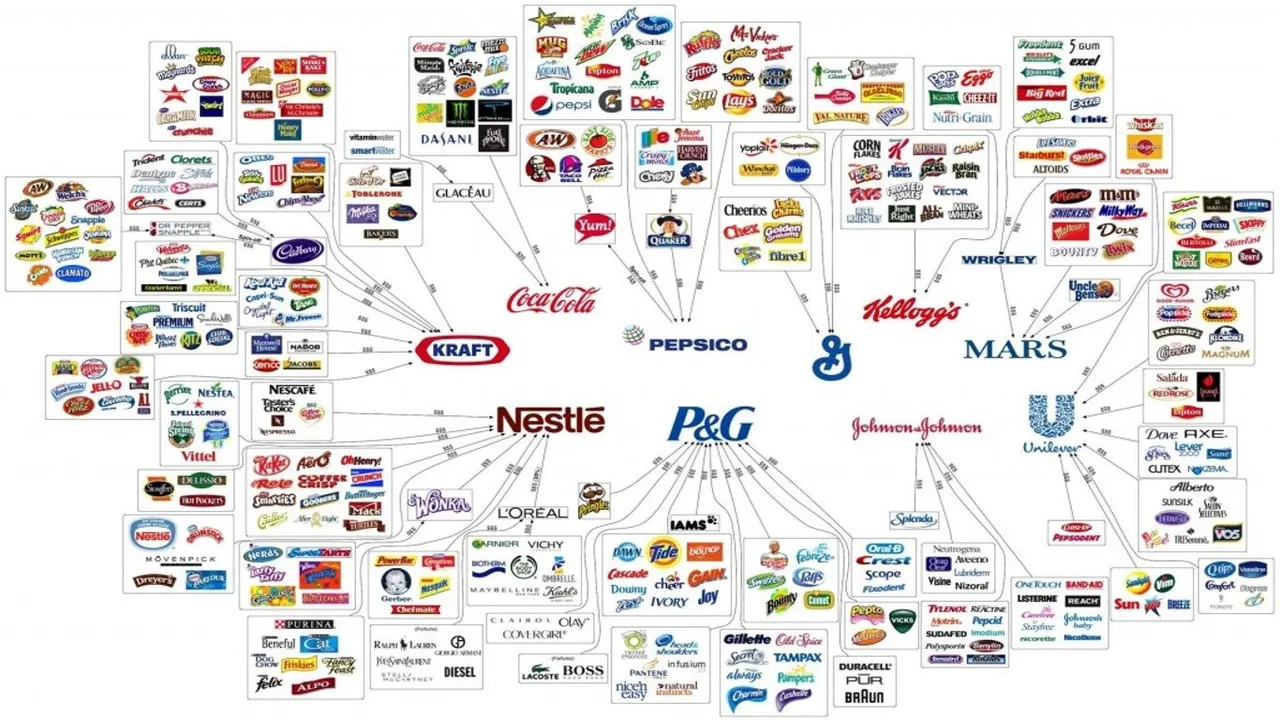
Source: The Environment Impact of Food
Restaurants (Fast Food)
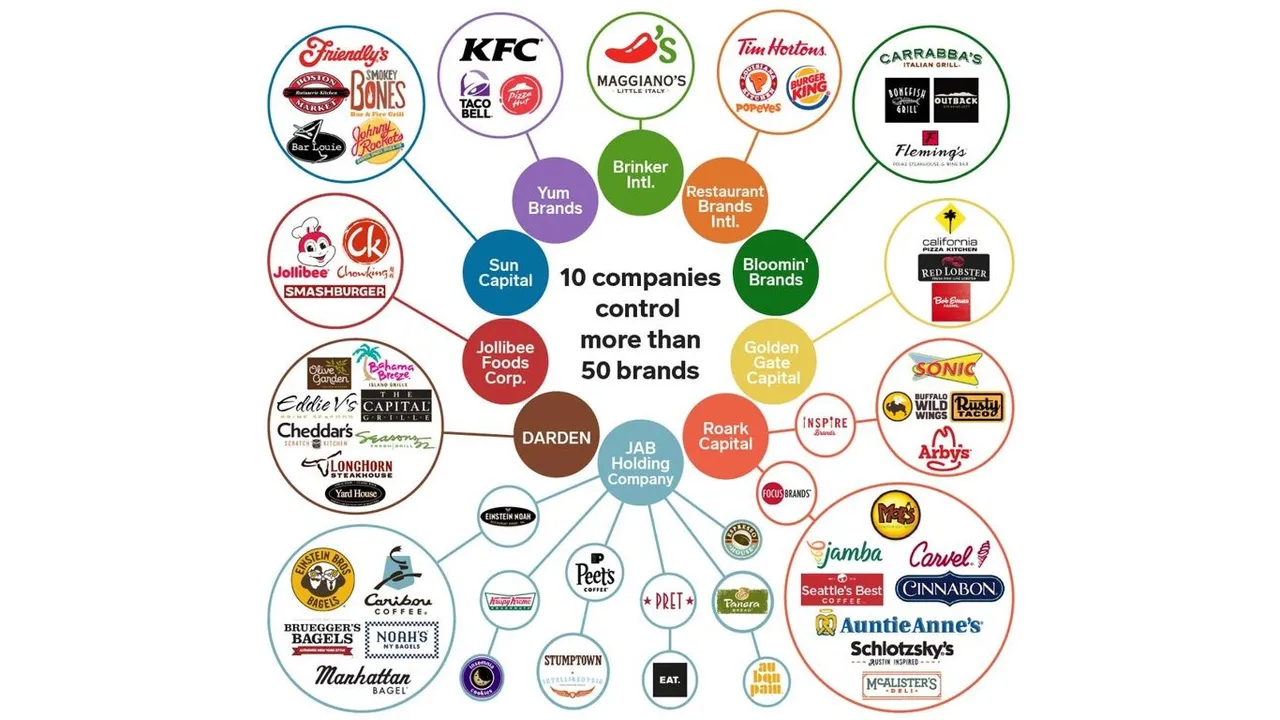
Source: Insider
Media
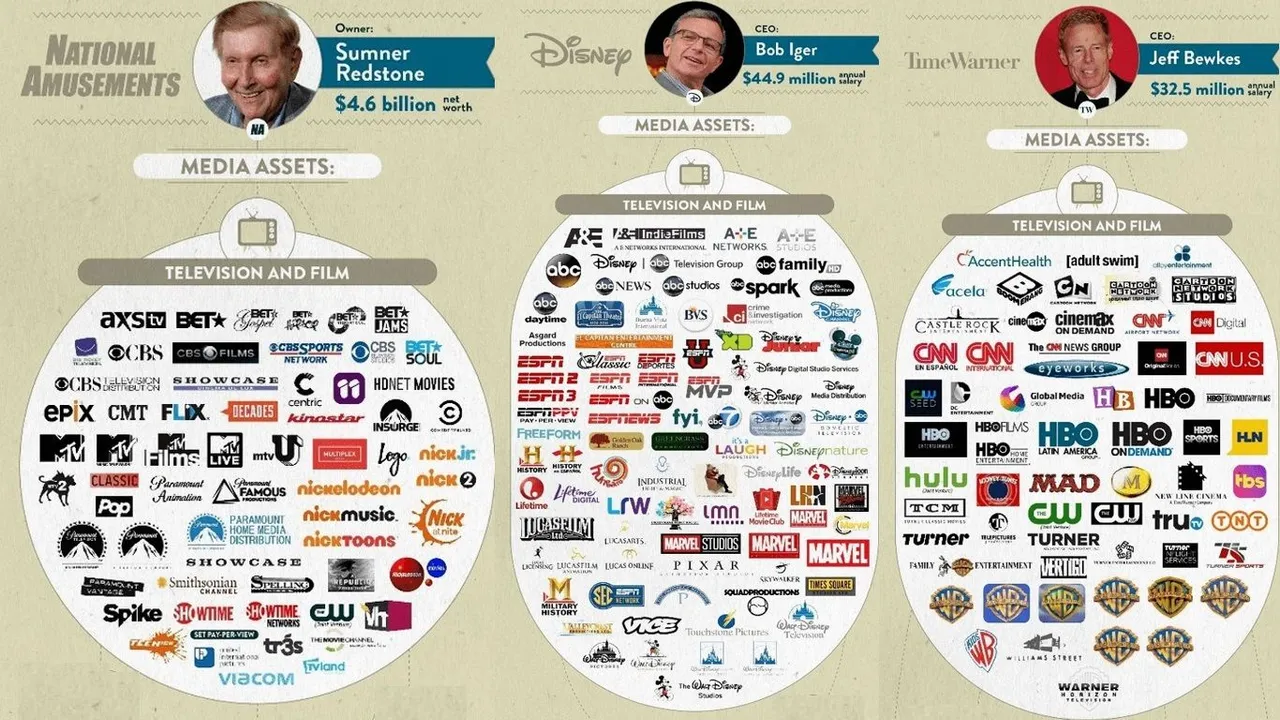
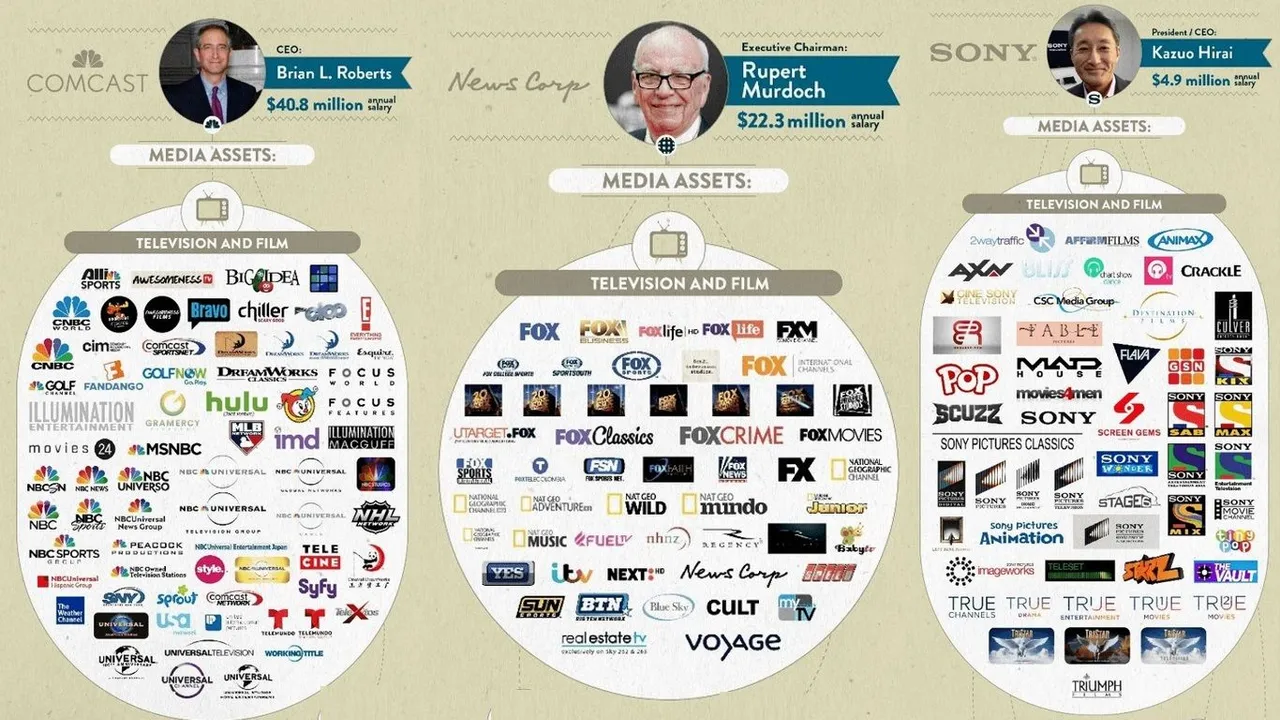
Source: Tech Startups
Social Media (based on monthly active users)
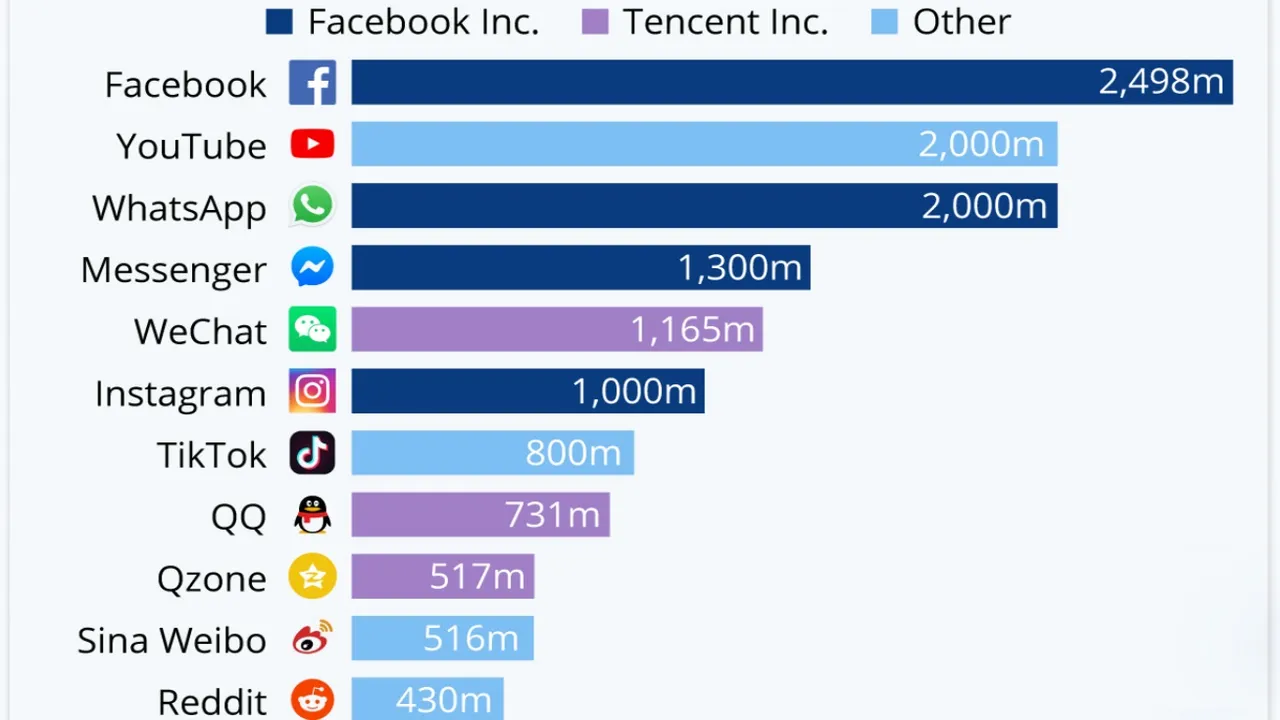
Source: Statista
Cruise Ships

Source: Cruzely
Hotels
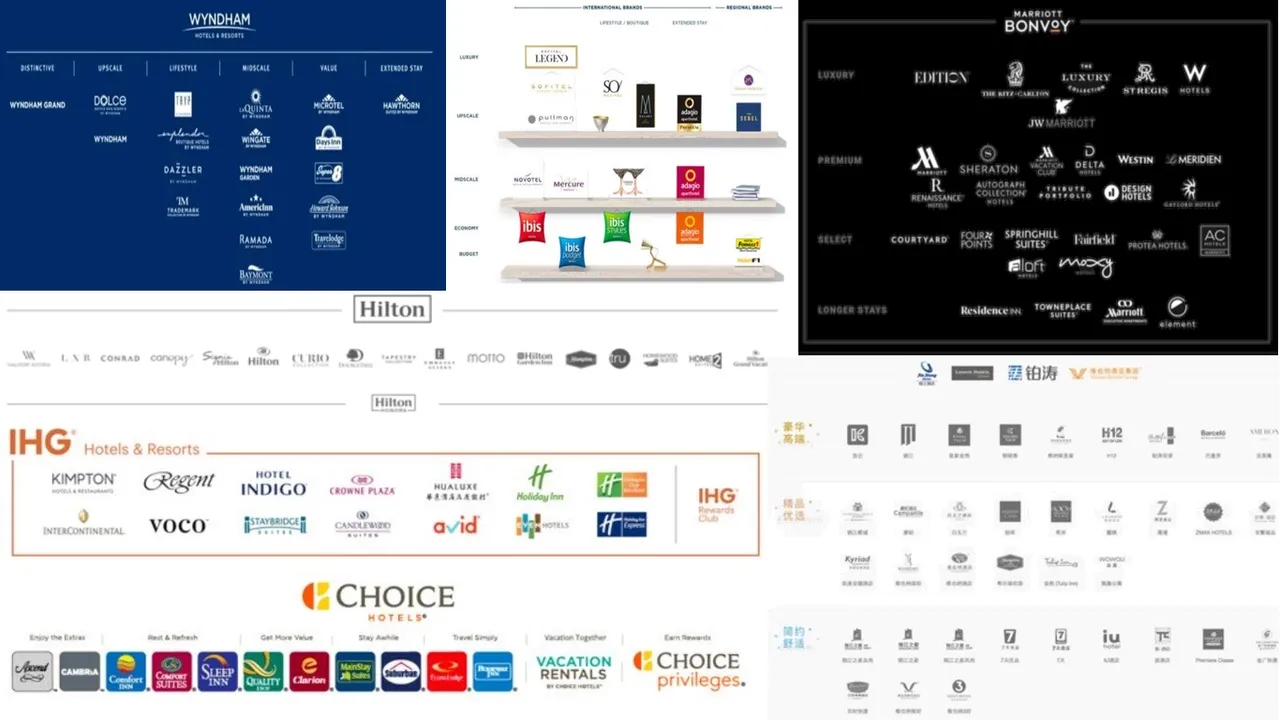
Source: EHL Insights
Fashion
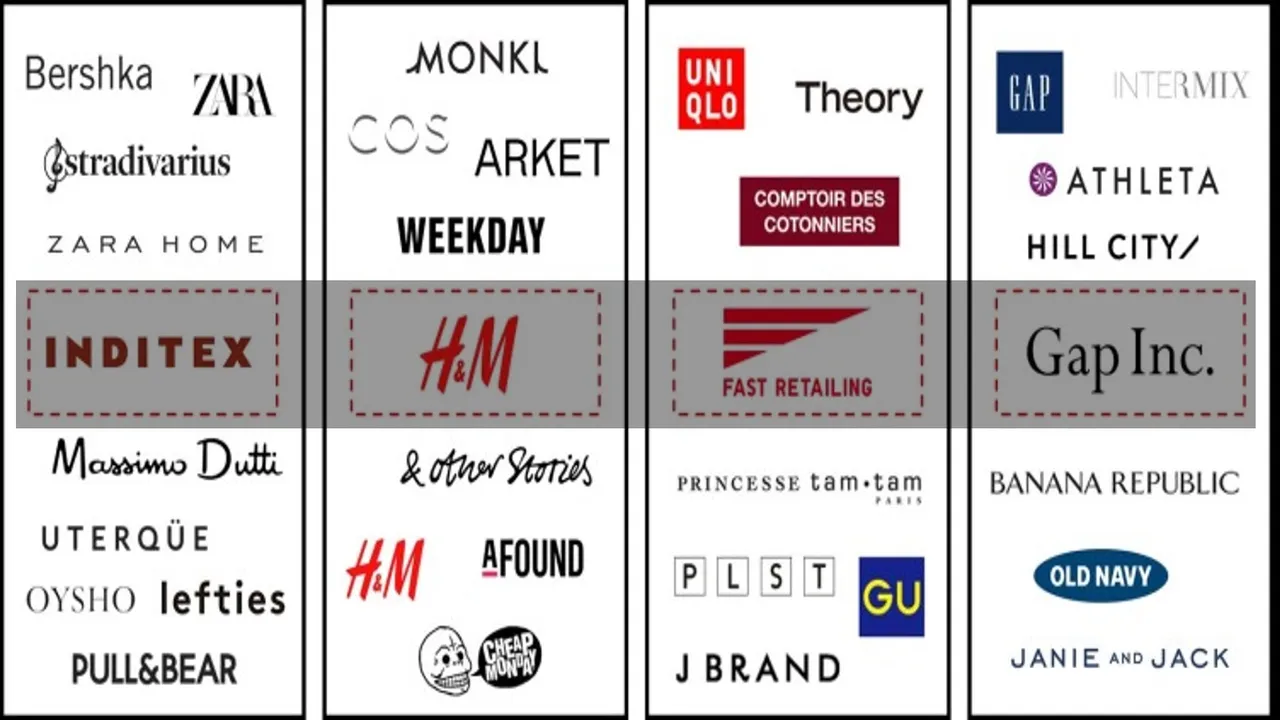
Source: The Fashion Retailer
Web
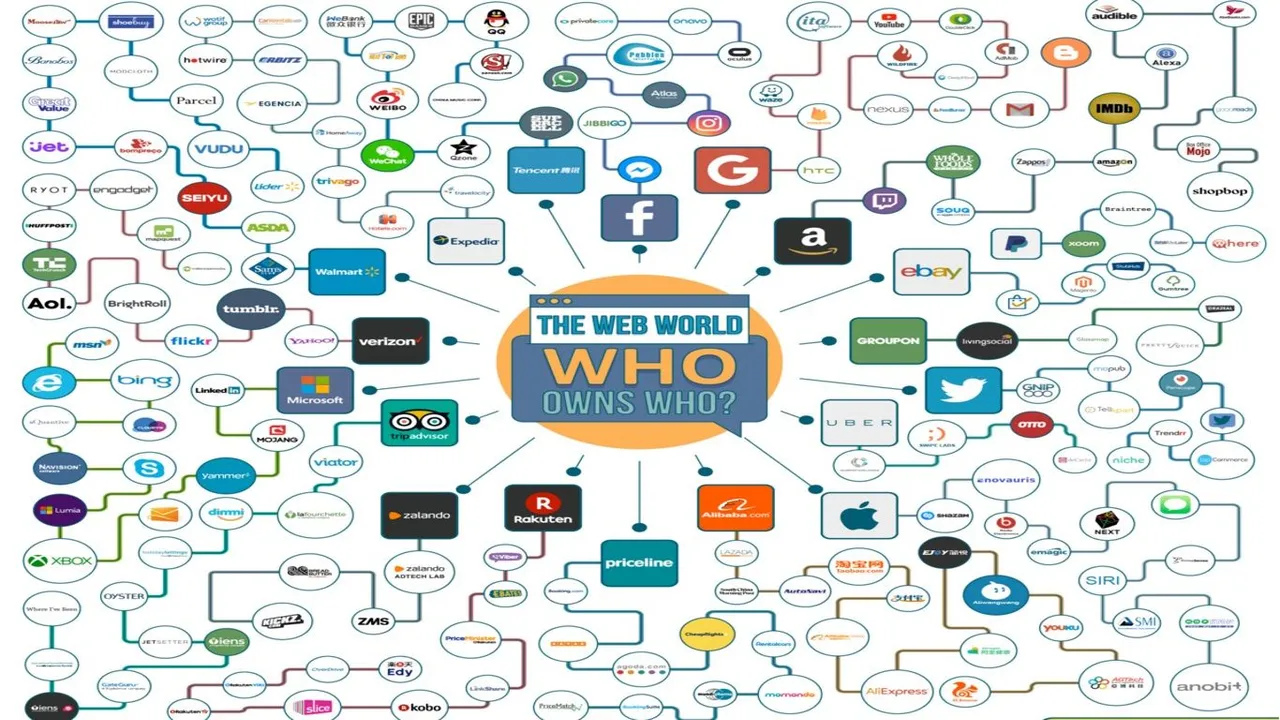
Source: Visual Capitalist
Amazon Empire
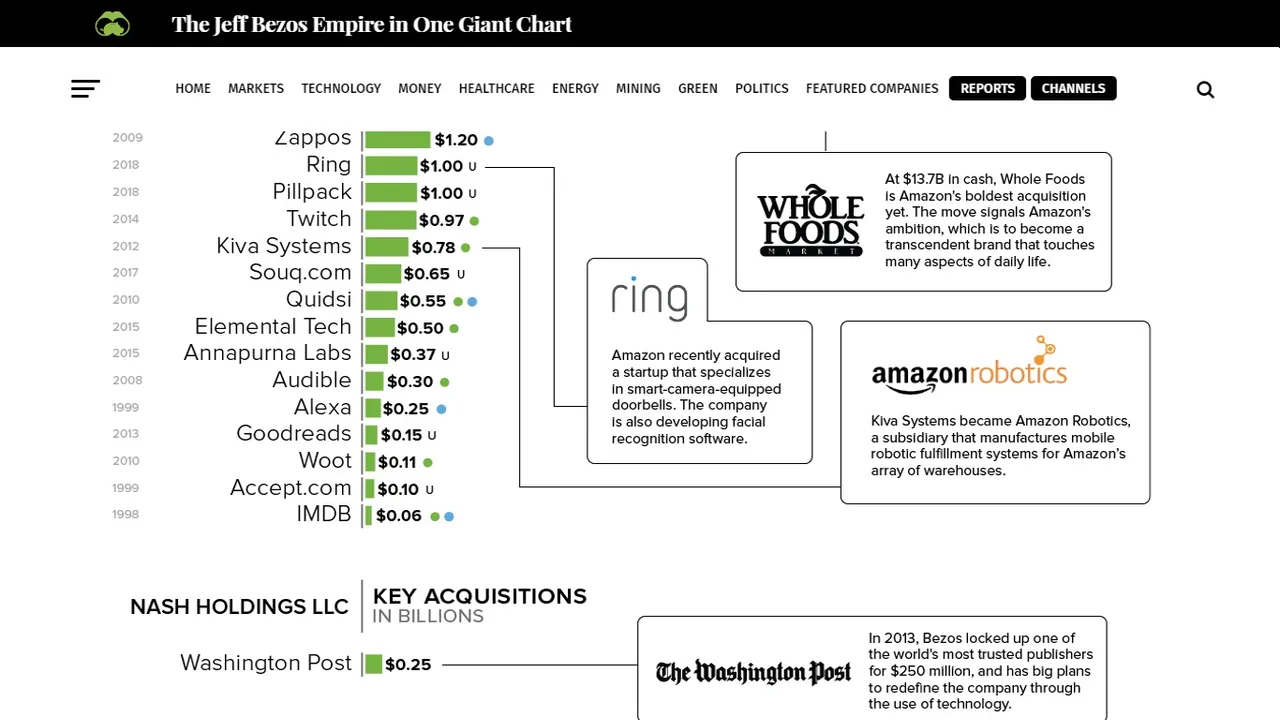
Source: Visual Capialist
Cars
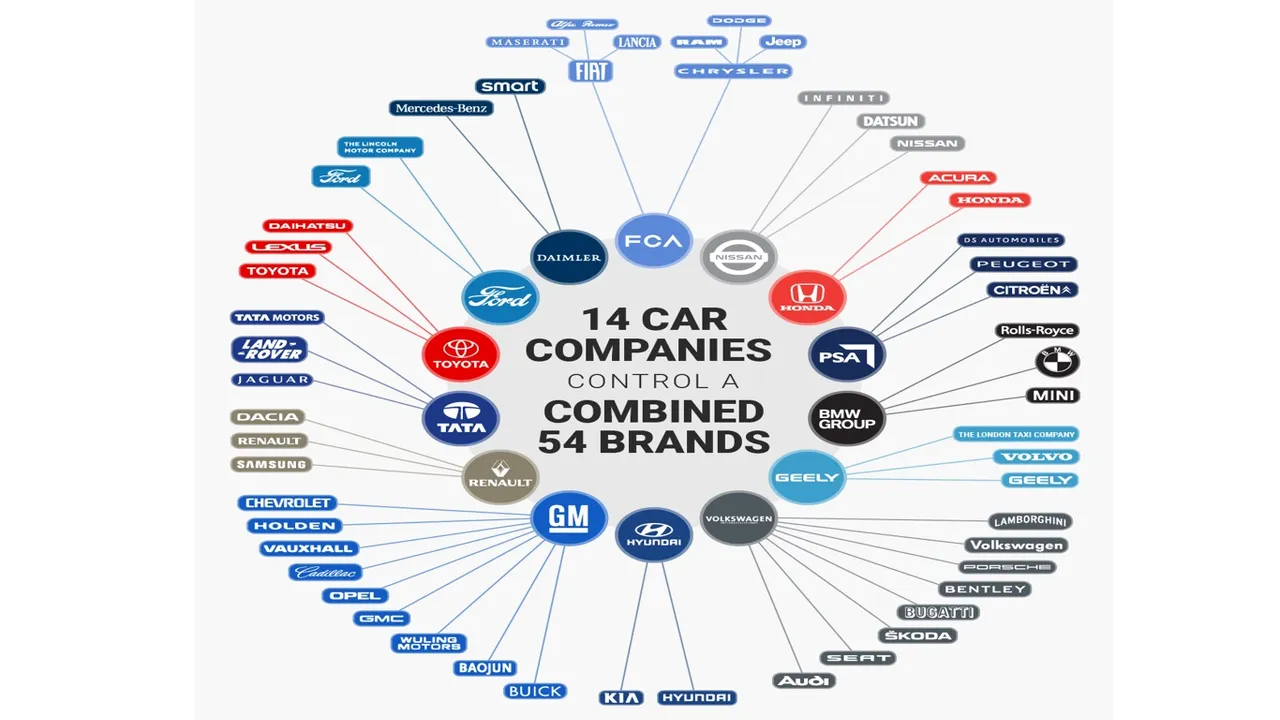
Source: Visual Capitalist
Airlines
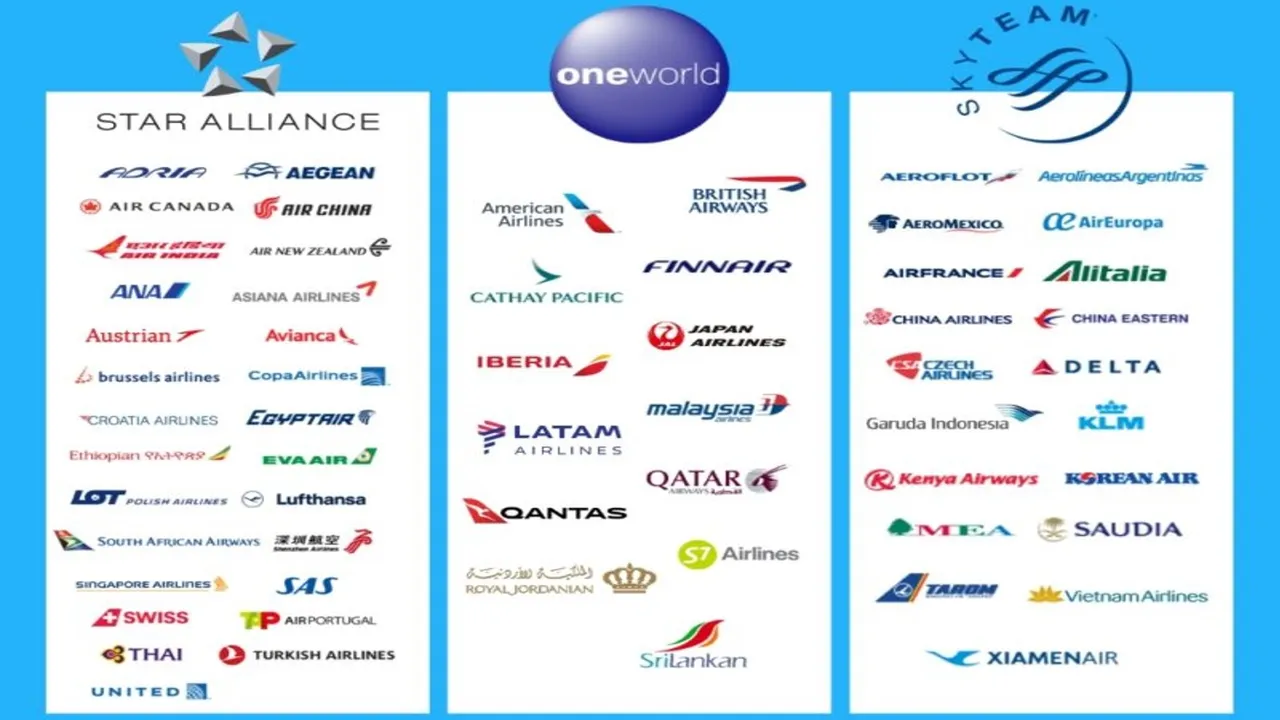
Source: Premium Flights
Note: airlines are linked by group and not ownership.
Alcohol (E.G. Beer)
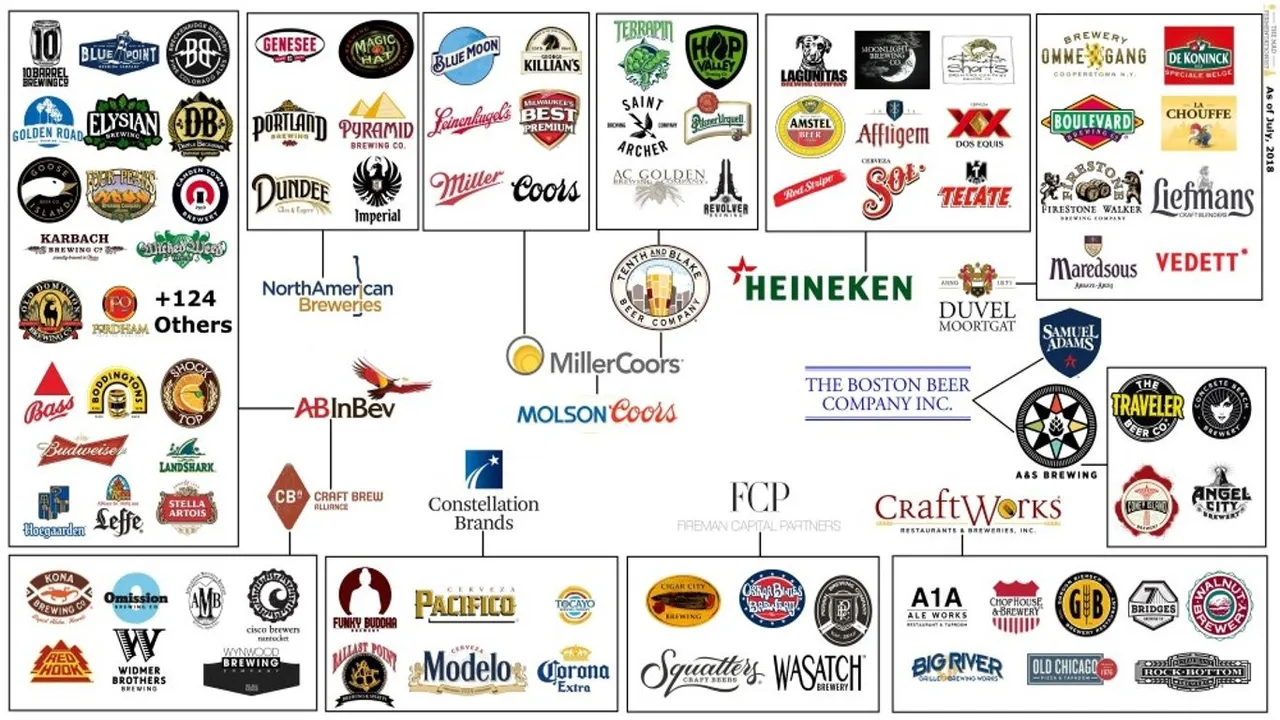
Source: Wine Bersekers
Controlled opposition in business can be very lucrative and potentially more profitable than using just the parent name. Different firms within the same industry do not need to compete directly. They can focus on different market niches without affecting the reputation or perception of the parent company. For example, BMW can manufacture compact cars like minis without affecting the perception of its luxury cars such as Rolls Royce. Minis, Rolls Royce, and BMWs occupy very different car market niches and therefore do not compete directly with each other.
Sports – NFL Shared Revenue

Source: NFL Game Pass
Controlled opposition can also be applied to sports. In my post Super Bowl – Planned Entertainment for Dollars, I discuss how the NFL is run like a collective business for all the NFL teams. Approximately 60% of all NFL revenue is shared (John Vrooman). Therefore, maintaining the overall popularity of the sport is in the best interest of all the NFL teams. For NFL owners, the popularity of the sport may even come before the success of the team. For the sport to remain popular, the games need to be entertaining. Entertainment can be increased by changing the rules to promote high scoring games or the type of game play that excites the fans. Entertainment can also be increased by keeping games close. Salary caps and order of draft picks have closed the gaps between the teams. As I discuss in my previous post, these games are also likely to be kept close by refereeing and coaching ’mistakes’, which enable the losing team to close the gap so the game is more exciting or so that a particular team wins to create more potentially interesting games later in the season.
Controlled Opposition and Divide and Conquer in business opens the door to Controlled Opposition and Divide and Conquer in politics
Divide and conquer, and controlled opposition in business facilitates the growth of large companies while reducing the number of small firms. A possible example of this is the increasing gap between market caps of the largest and smallest firms/companies; see Figure 1 below.
Figure 1: Size difference between large and small US companies

Source: Harvard Business Review
Note: Large companies are defined as those with the top 30% of market values and small companies are those with the bottom 30%. R & D figures are averages calculated on annual basis and are in 1981 values, adjusted for Inflation. Source: Vijay Govindarajan et al., based on data from Compustat.
Another advantage of being larger is the ability to influence Governments. Some companies are significantly large that they can affect the economies of towns, cities, states and even countries. The departure of several large companies could greatly affect economic growth, employment, and even standard of living of the locations they leave behind. Therefore, Governments want to attract more large companies and prevent existing ones from leaving. This creates opportunities for large companies to influence Government policy in their favour. If a Government is no longer supportive of the large companies’ requests and requirements, the companies can threaten to move operations or more likely use their influence to install a new Government.
Controlled Opposition in Politics
As discussed in the divide and conquer section of this post, many political systems facilitate a two-party system. The presence of more than two parties would lead to splitting of the votes and would favour the major party that had its votes split the least. The presence of just two parties enables controlled opposition, as only two parties need to be controlled. This control is likely to be from private parties that want Government to act in their best interest regardless of which party is in Government. In the USA, many large companies donate large sums of money to both Republican and Democratic parties. Table 1 contains the value of donations made to Republican and Democratic Parties between 2007 and 2017 as well as the value of subsidies granted dating back to the 1990s.
Table 1: Donations to Political Parties 2007 – 2017 and Subsidies since 1990s
| Company | Republicans | Democrats | Donation | Subsidy Value |
|---|---|---|---|---|
| Goldman Sachs | 52% | 47% | 11,457,248 | 796,696,599 |
| Microsoft | 19% | 80% | 7,222,345 | 807,954,894 |
| JP Morgan Chase | 50% | 55% | 6,173,244 | 1,134,366,575 |
| Morgan Stanley | 55% | 44% | 5,362,033 | 376,801,078 |
| Comcast | 43% | 57% | 4,145,981 | 1,080,996,130 |
| Citi | 39% | 60% | 4,077,176 | 342,768,828 |
| Charles Schwab | 29% | 70% | 3,214,811 | 31,364,258 |
| Wells Fargo | 45% | 54% | 3,212,918 | 581,052,070 |
| Apple | 10% | 88% | 3,111,784 | 824,316,045 |
| AT&T | 39% | 60% | 3,022,815 | 692,317,701 |
| Bank of America | 41% | 58% | 2,931,246 | 695,987,310 |
| Las Vegas Sands | 62% | 37% | 2,885,417 | Undisclosed |
| Boeing | 44% | 55% | 2,805,418 | 15,355,000,792 |
| Dish Network | 43% | 55% | 2,604,920 | 3,746,413 |
| IBM | 30% | 69% | 2,598,586 | 1,743,417,181 |
| Oracle | 26% | 72% | 2,585,324 | 35,484,649 |
| Verizon | 33% | 67% | 2,532,405 | 679,161,387 |
| Lockheed Martin | 55% | 44% | 2,364,432 | 1,875,106,252 |
| Black Rock | 28% | 71% | 2,231,664 | 24,973,176 |
| Cisco | 32% | 68% | 2,182,308 | 43,676,094 |
| 7% | 91% | 2,150,577 | 785,765,803 | |
| Western Refining | 65% | 35% | 2,148,865 | Undisclosed |
| Exxon Mobil | 63% | 36% | 2,134,633 | 1,021,177,998 |
| Exelon | 61% | 39% | 2,106,413 | 947,277,696 |
| Delta Air Lines | 52% | 45% | 2,045,942 | 878,128,816 |
| Johnson & Johnson | 45% | 52% | 1,981,003 | 83,335,117 |
| Pfizer | 35% | 64% | 1,943,348 | 327,574,590 |
| General Electric | 43% | 56% | 1,753,871 | 2,291,071,186 |
| Intel | 25% | 73% | 1,690,496 | 6,004,762,638 |
| Altria Group | 62% | 38% | 1,664,536 | 118,252,898 |
Source: Donations – Insider and subsidies – Good Jobs First
Most of the above companies donate at least 30% to both Republican and Democratic Parties with the exception of some big tech companies that strongly favour the Democrats. The extent of donations is an indication that large companies have at least some form of influence over Government and Government policy. Some of the biggest donors have received some of largest subsidies over the past 30 years. Boeing, Intel, General Electric, JP Morgan Chase, Comcast, IBM, and Lockheed Martin have received over US$1 Billion in subsidies. Some of these large companies have also benefited from large Government contracts. For example, Pfizer and Johnson & Johnson have been awarded very large contracts to develop Covid-19 vaccines. Government policies can benefit companies in many other ways, which help them gain or maintain a competitive advantage.
Media and social media are another instrument large companies can use to influence Government. Media and social media rely heavily on advertising revenue. To secure that advertising revenue, the media and social media companies need to attract and maintain a large audience as well as promote ideology that benefits, directly or indirectly, the company paying for the advertising. Figure 2 contains advertising revenue for several US news broadcasters.
Figure 2: Advertising Revenue for News Broadcasters (2019)
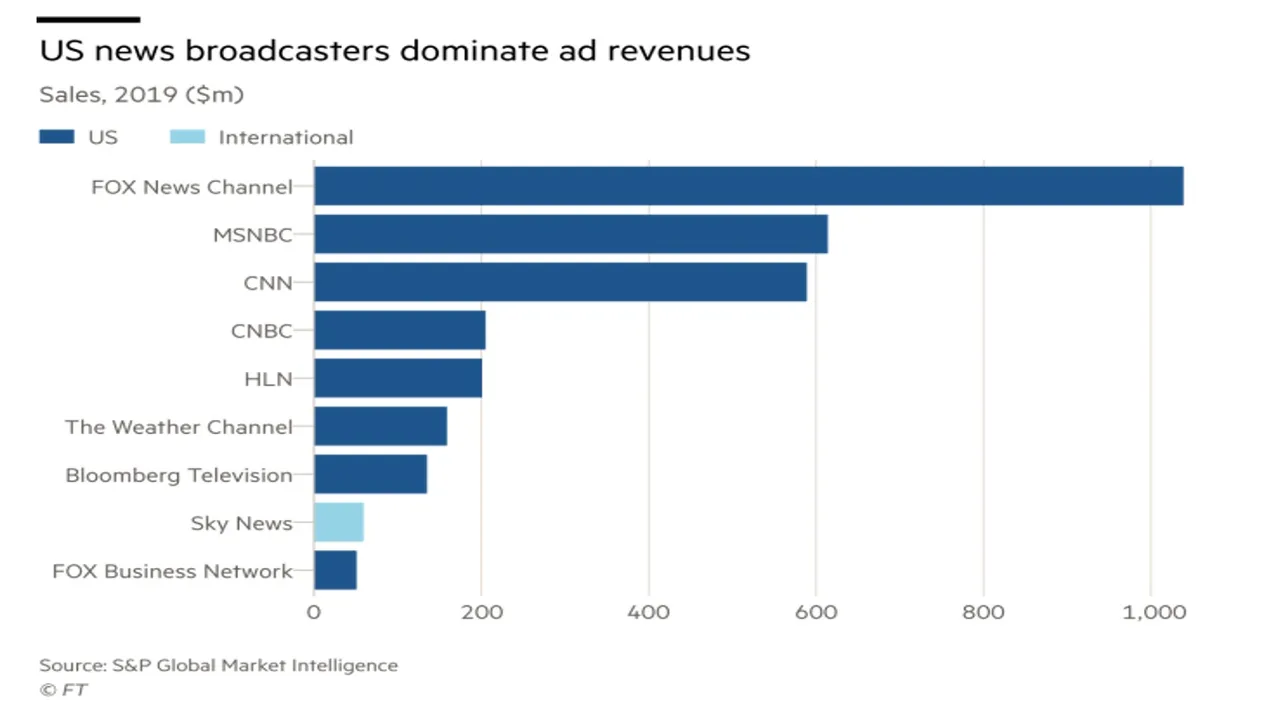
Source: Financial Times
Advertising is an even more significant proportion of revenue for social media platforms such as Google/YouTube, Facebook, and Twitter. Figure 3 contains advertising revenue for Facebook and Google. Figure 4 contains advertising revenue for Twitter.
Figure 3: Advertising Revenue for Facebook and Google (2018)

Source: Visual Capitalist
Figure 4: Revenue for Twitter (2010 – 2020)
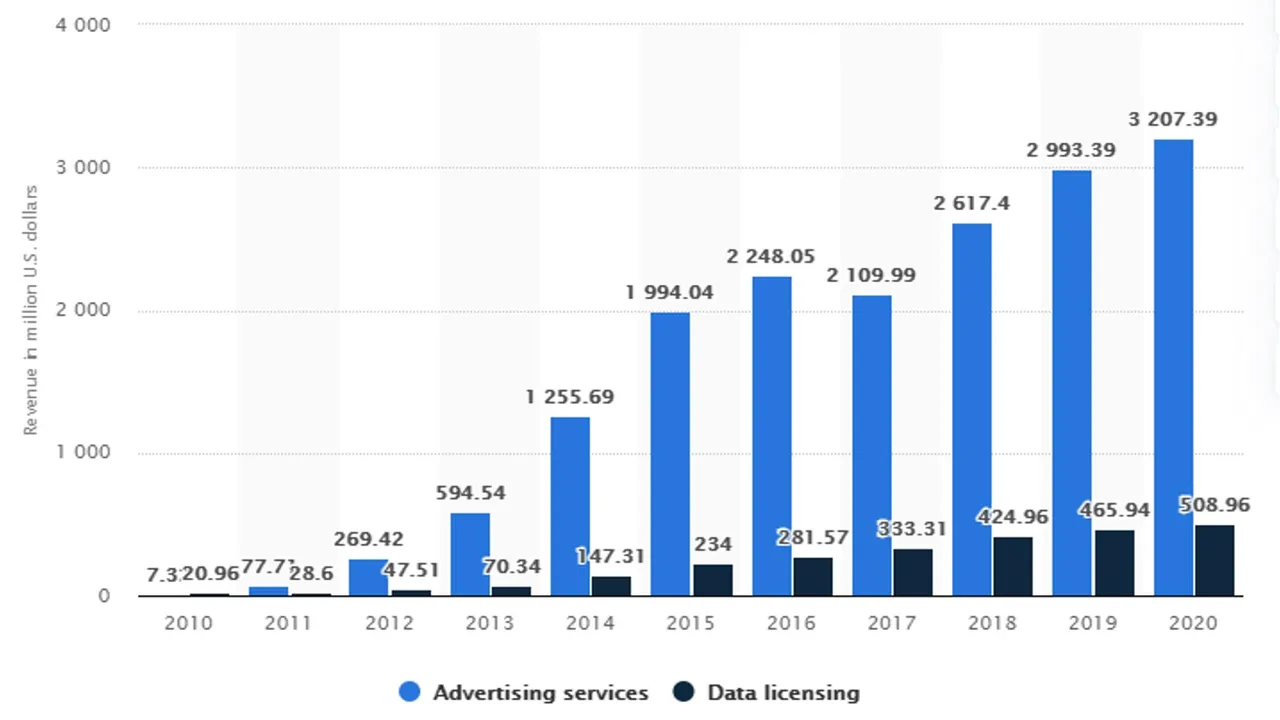
Source: Statista
Unfortunately, I was unable to obtain a breakdown of which companies advertised on which media and social media networks and platforms. I would expect most large companies to advertise across multiple media even if they outwardly favour a particular political party or ideology. Media serves a role of spreading political propaganda that supports one party but more importantly, it serves the role of dividing the public on selected issues. This can only be effective if the other mainstream media adopt the same approach but instead promote propaganda from the other party.
Controlled Opposition and Divide and Conquer working together
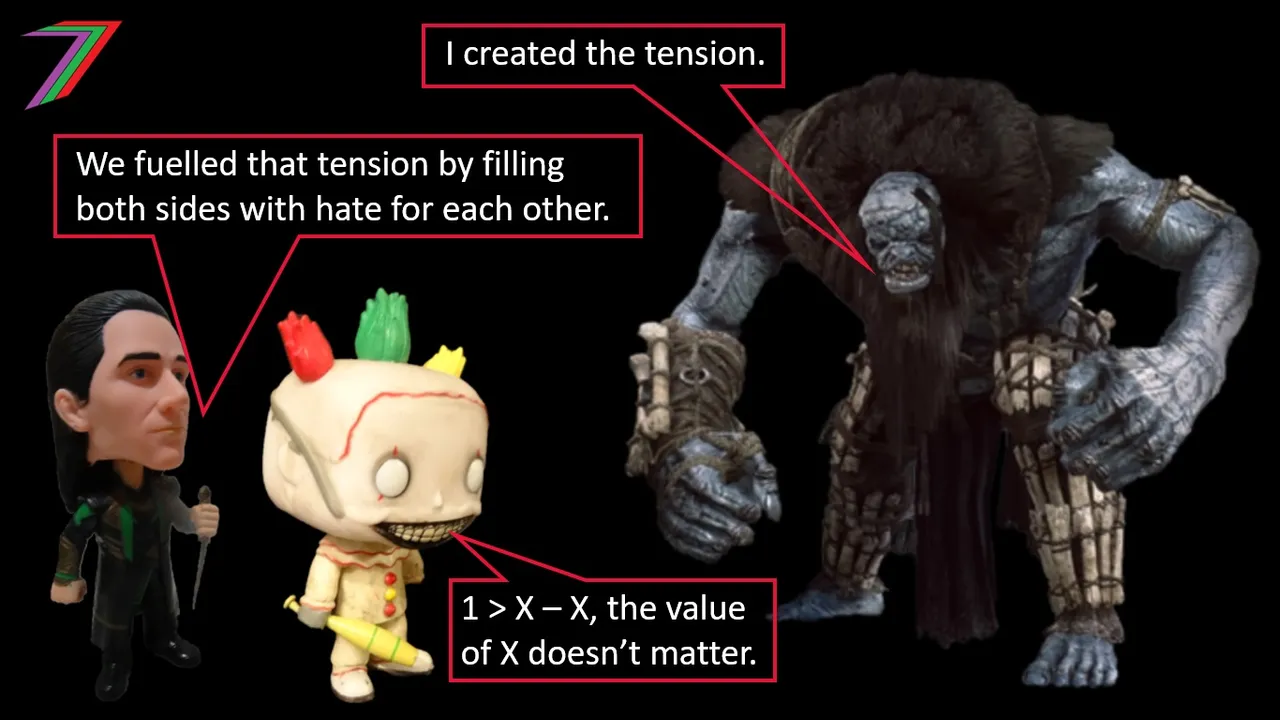
Controlled opposition, and divide and conquer strategies can work well together because they support each other. Controlling both sides can ensure that the two sides will oppose each other as they are being directed and/or motivated to do so. The differences between the two sides would be highlighted and become points of conflict. Mainstream media and social media giants control much of the information we receive. News focuses on stories that highlight conflict that aligns with divide and conquer agendas. News that does not support these agendas is given little focus. News that opposes or debunks these agendas is often censored.
The similarities between major political parties are rarely highlighted or even discussed. Many of these similarities often relate to areas that benefit those in Government and those keeping them in Government. The most significant example is authoritarianism. Major parties in most western countries support an authoritarian approach to Government. Regardless of which party is in Government, laws and restrictions are increasing while freedom is being gradually reduced; the approach to the Covid-19 pandemic strongly highlights the desire for authoritarian Government. Other examples include approaches to foreign policy, education, health care, housing, and crime, which have barely differed in application by either party. In my post Democracy and Economics (Part 3) - Areas Rarely Discussed or Debated, I discuss the many areas of similarity between the two major parties in Australia.
Conclusion
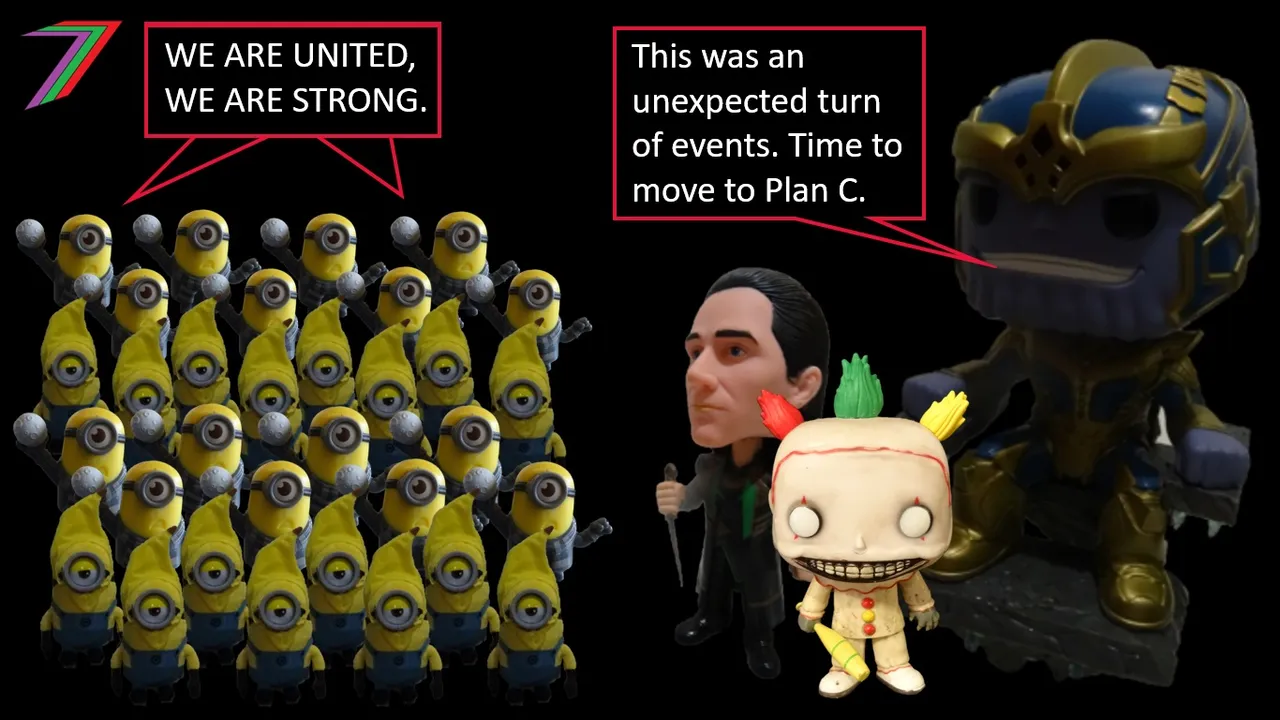
Divide and conquer strategies appeal to the rich and powerful few, who use them to control, dominate or outperform the rest of the population. Controlled opposition strategies facilitate the strengthening of the divide as well as determines the focus of the divide. In business, it is about dominating market share and profitability. Gaining greater market share and growing bigger also increases political influence, which in turn leads to increasing market share and higher profitability. In politics, it is about maintaining power over the people. Restricting power to just two parties concentrates power to a smaller group of people while creating the illusion of choice. Media and social media help to keep people focused on supporting just two political perspectives (i.e. left-wing and right-wing ideology). This leads to people focusing on just a few selected differences rather than observing the bigger picture, which usually contains many other more significant issues. The media fails to bring attention to the many similarities between parties and policy.
Divide and conquer and controlled opposition strategies should not be difficult to identify. They tend to follow similar patterns (e.g. large groups of people opposing each other based on a few hyped or sensitive topics). The success of such strategies relies on people becoming emotionally influenced by the stories revealed to them. Terminology such as racism, gender, liberty, democracy, inequality, climate change, and justice can create narrow-minded perspectives if strong opposing opinions are thrust forward. To avoid falling into a divide and conquer or controlled opposition trap, it is wise to step back from the issues presented and instead observe the bigger picture. Asking questions such as ‘What is really happening here?’ or ‘Who is likely to benefit the most from these events or from the actions that are being encouraged?’ can help refocus the mind on the bigger picture. If a pack mentality towards a particular issue is forming, it is likely some form of manipulation is taking place. It could be divide and conquer, controlled opposition, or both strategies at work.
More posts
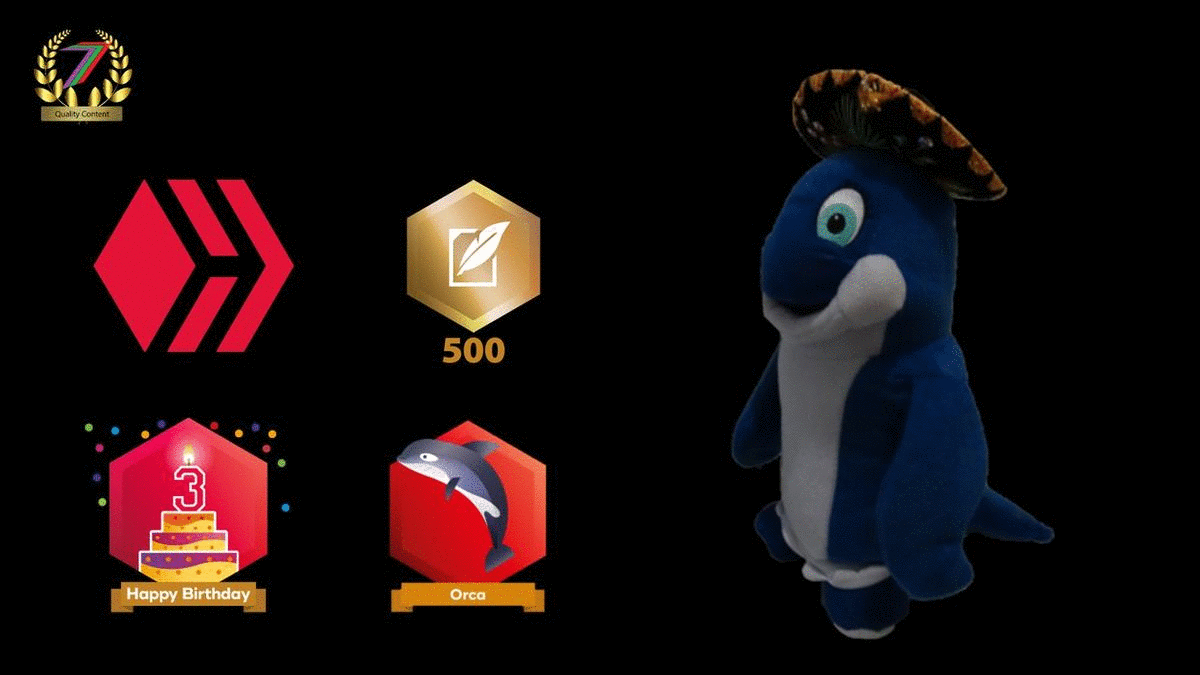
If you want to read any of my other posts, you can click on the links below. These links will lead you to posts containing my collection of works. These 'Collection of Works' posts have been updated to contain links to the Hive versions of my posts.
My New CBA Udemy Course
The course contains over 10 hours of video, over 60 downloadable resources, over 40 multiple-choice questions, 2 sample case studies, 1 practice CBA, life time access and a certificate on completion. The course is priced at the Tier 1 price of £20. I believe it is frequently available at half-price.
Future of Social Media





